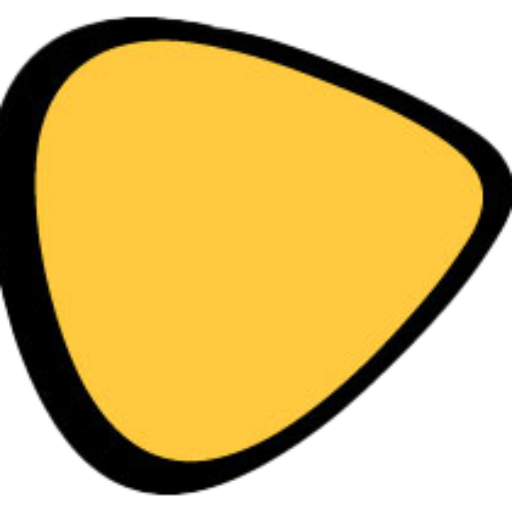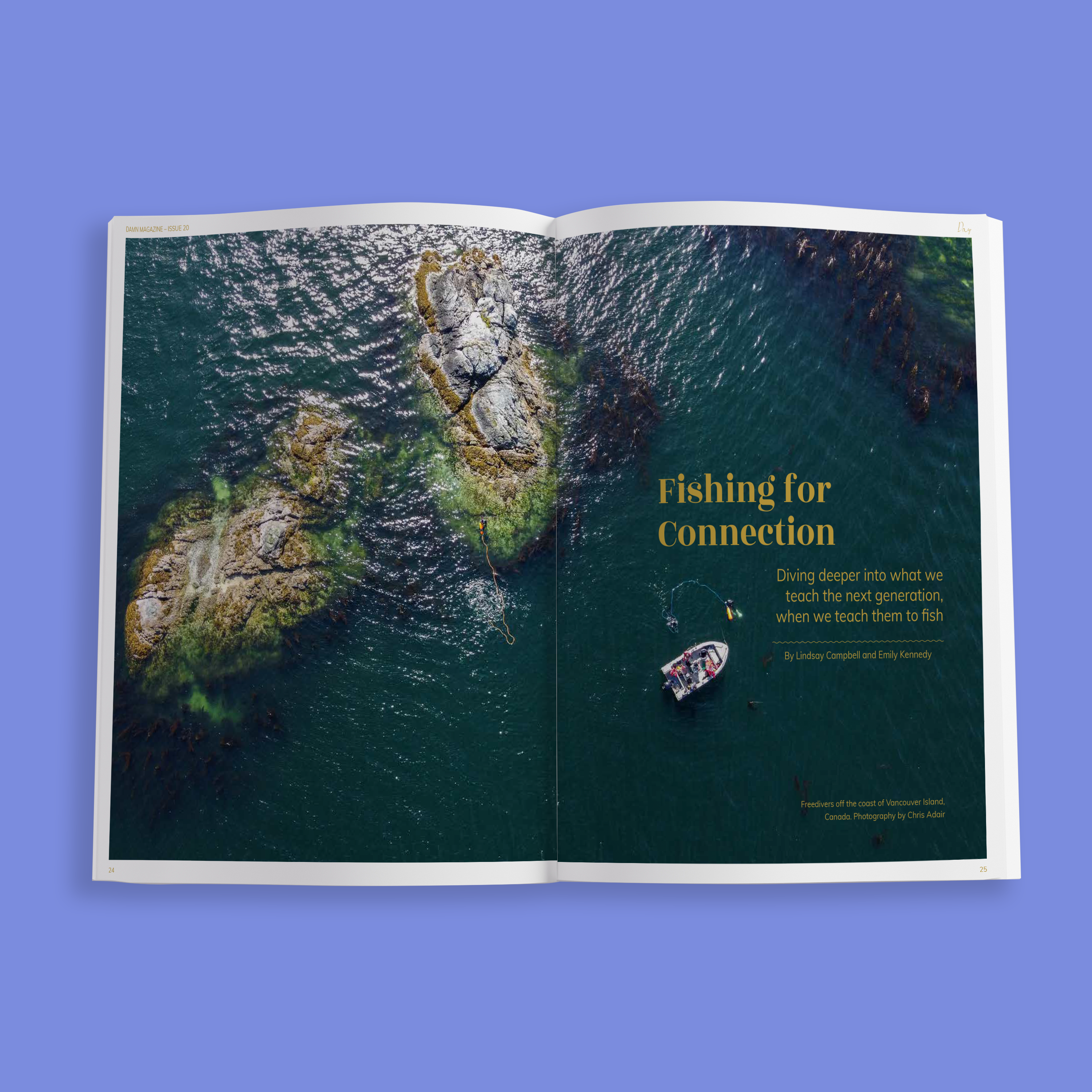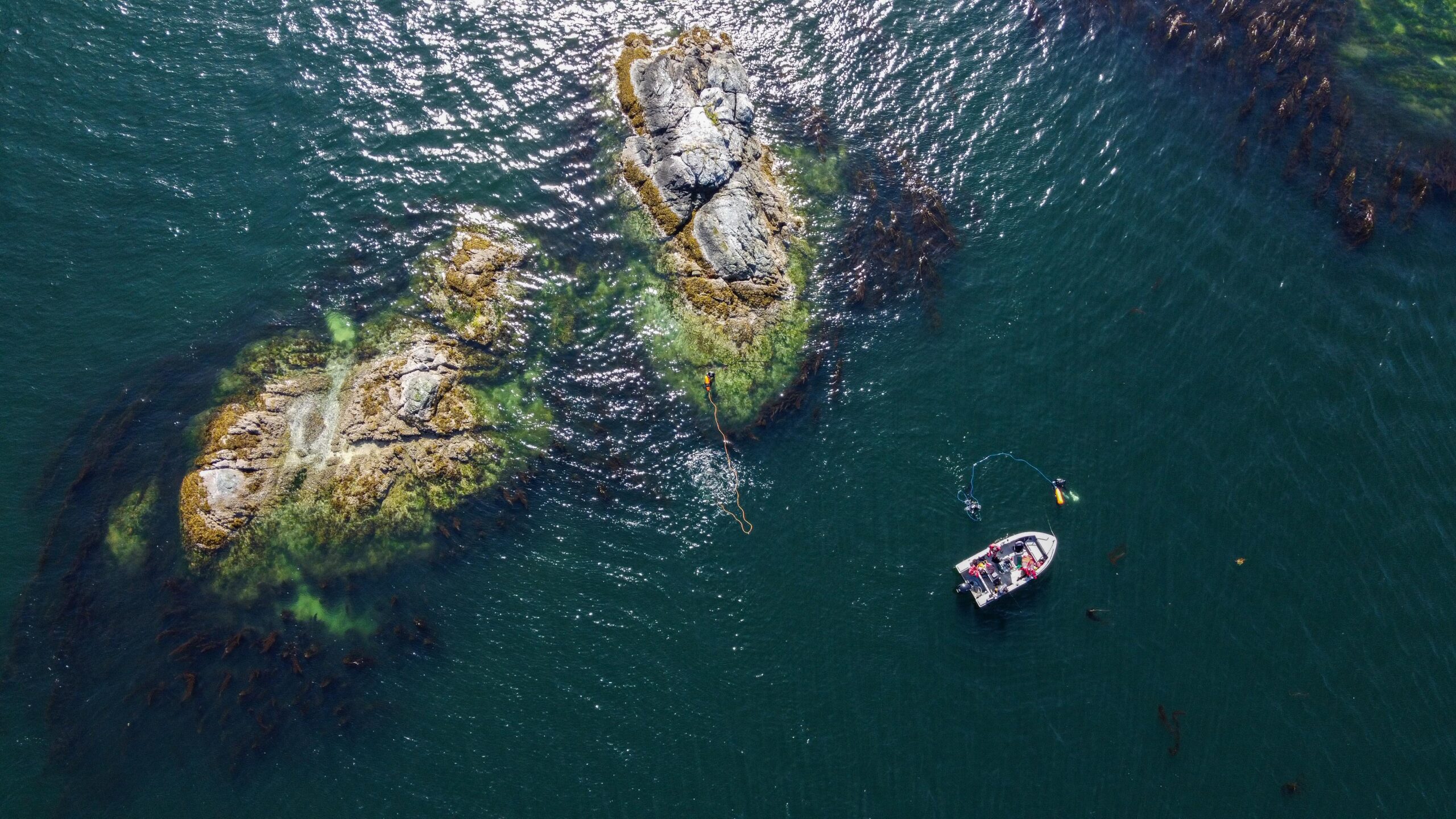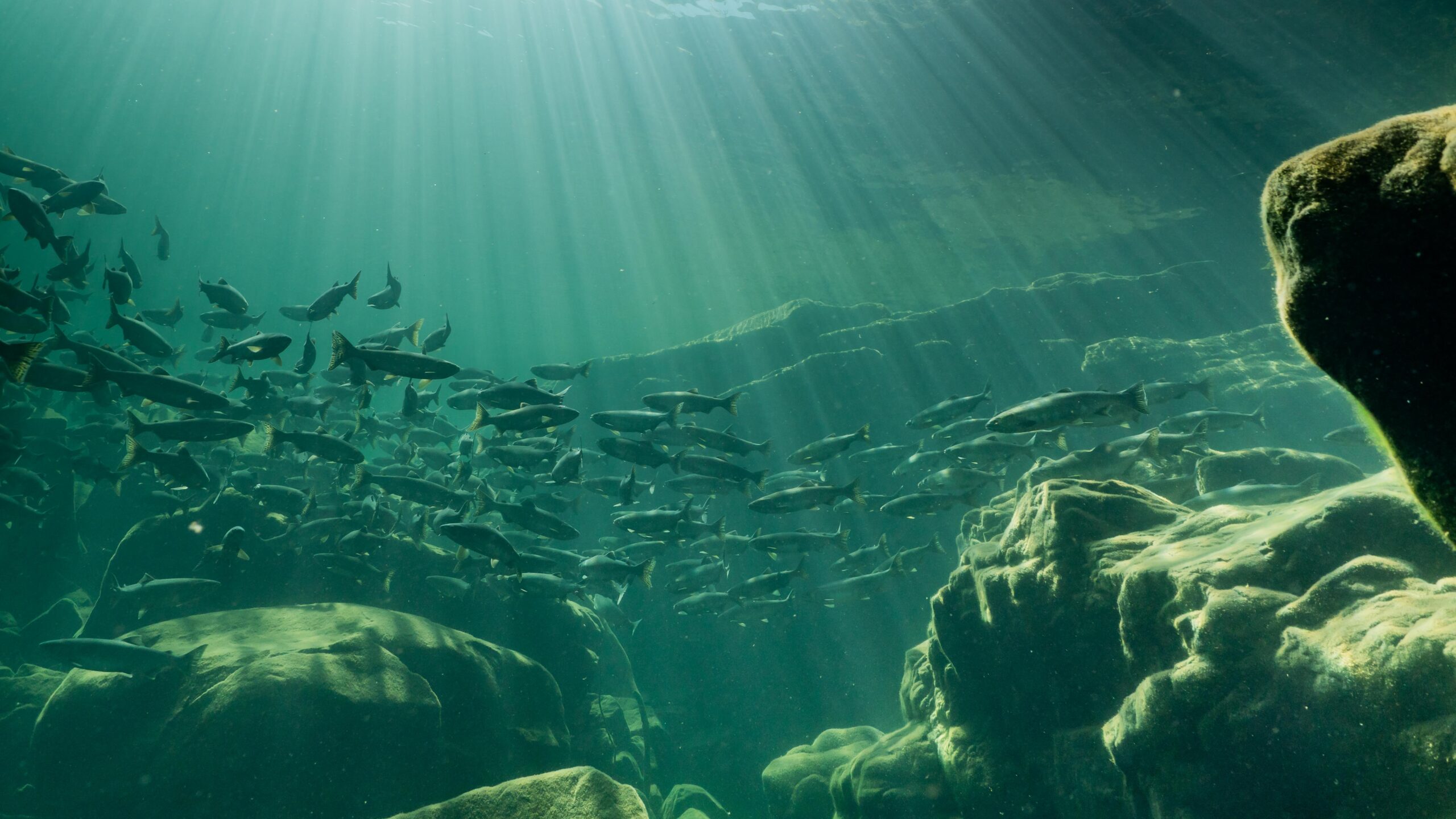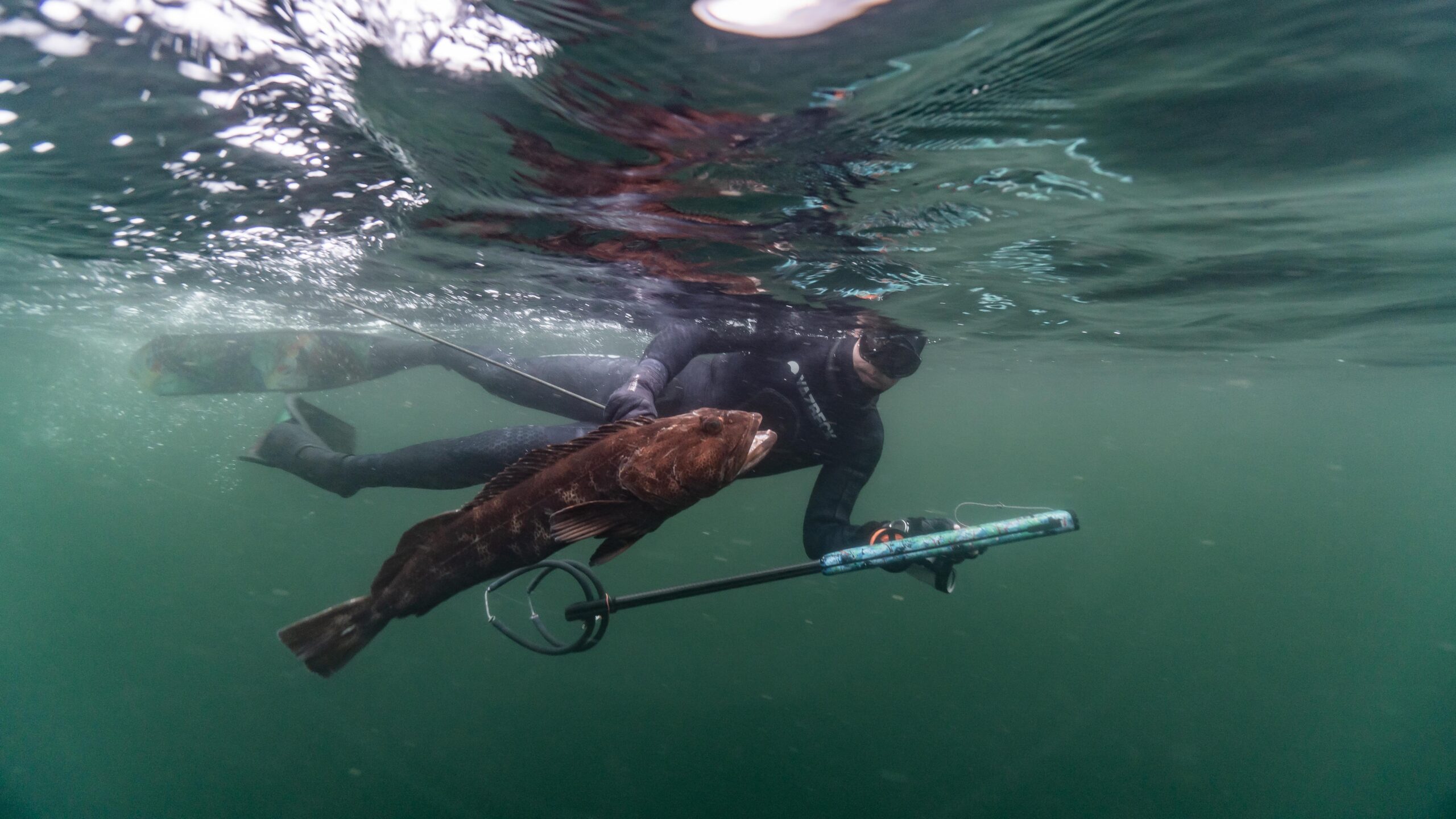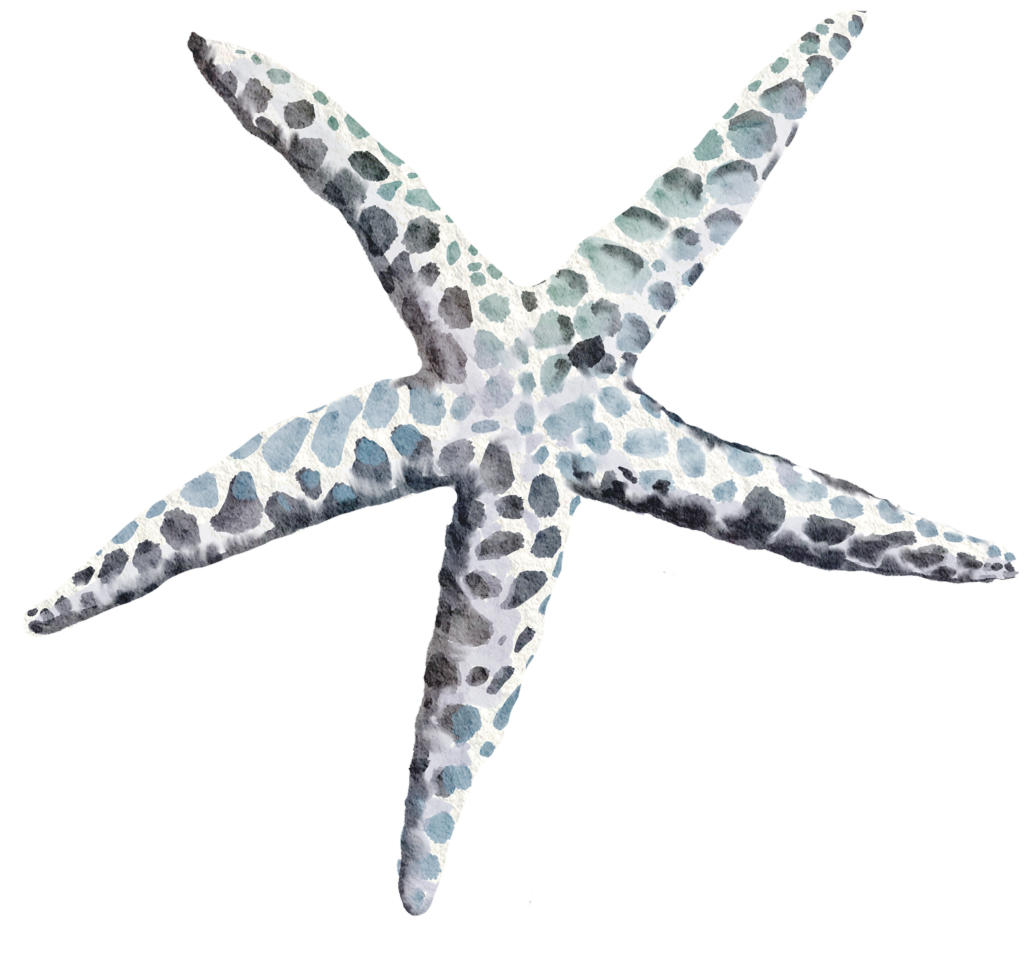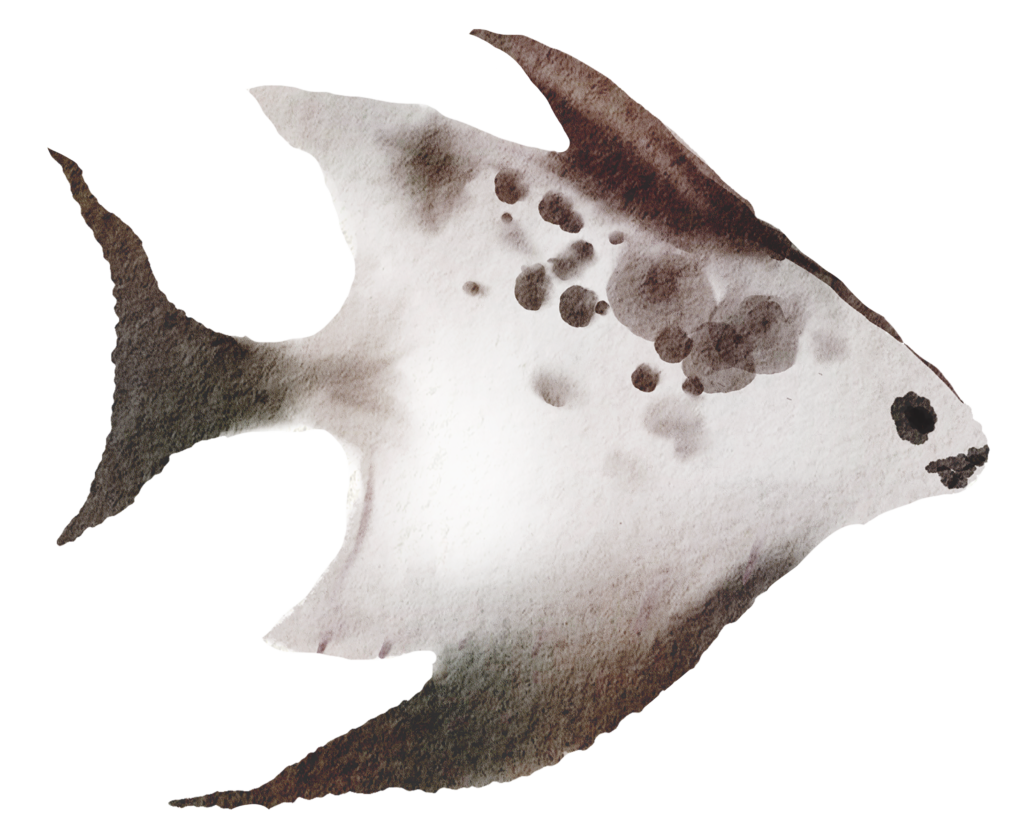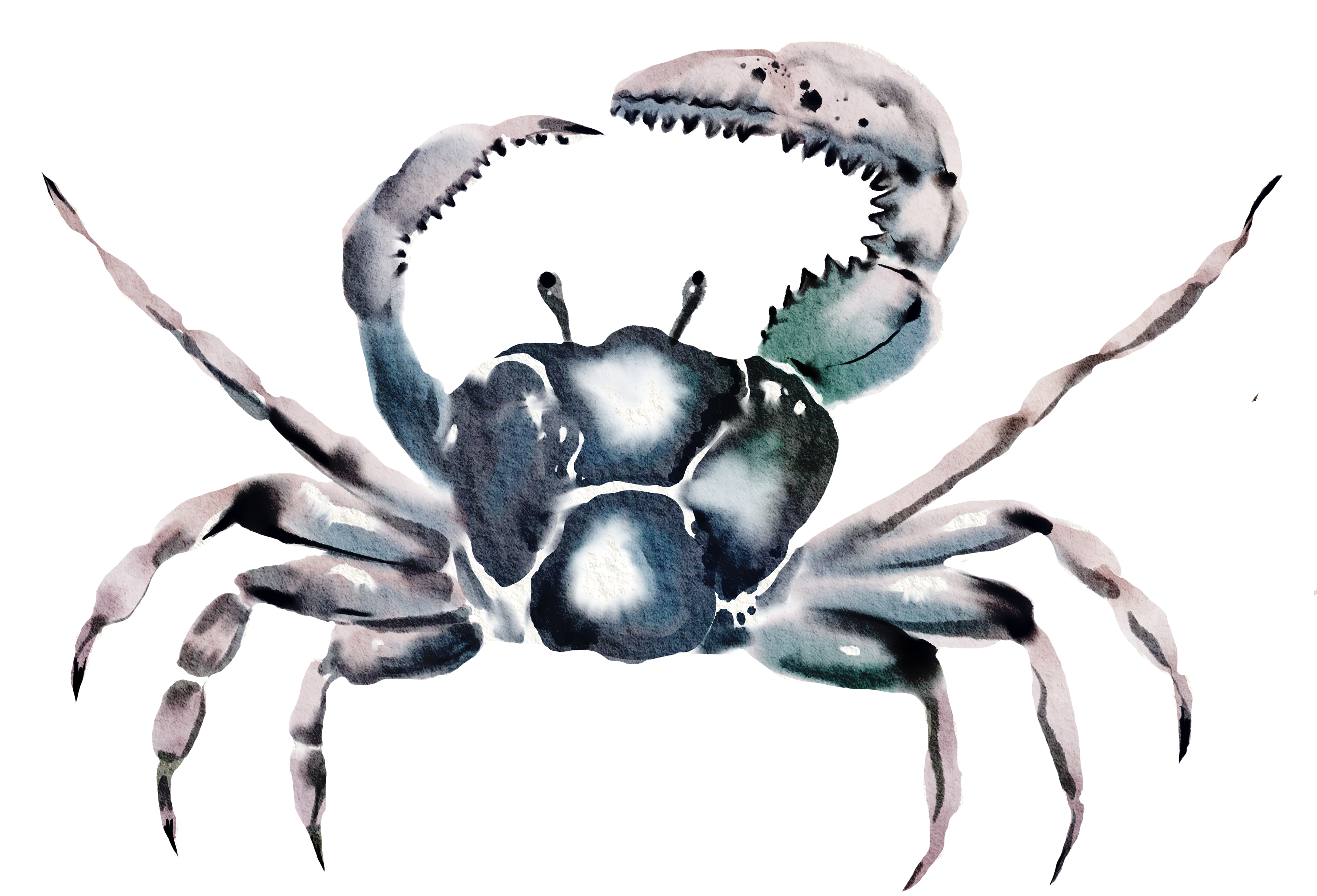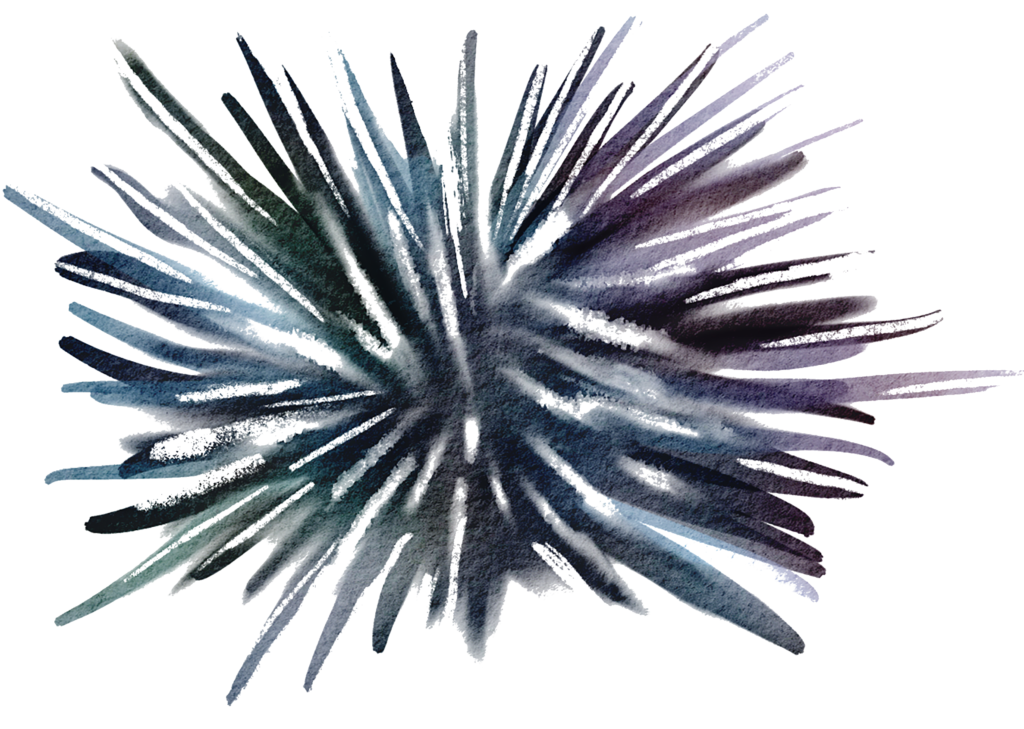PHOTOS
Chris Adair
There is something relational about a body of water: what headwaters feed it, and where it flows next. Similarly, there is something generational about fishing.
The fishing bond can be seen on Father’s Day cards and in children’s books galore. Yet a deeper exploration of this classic intergenerational experience reveals how the simple passion for fishing teaches a unique appreciation for the environment and our relationship to nature across generations.
Each time Chris Adair dives into a body of water, he is transported to a sacred space of boundless discovery, beauty and connection to generations young and old.
Adair, 37, lives in Victoria, B.C., Canada, and spends most of his days on the water. He teaches free-diving, snorkle harvesting and spearfishing courses. The techniques he shares allow students at all levels to safely and confidently explore the water and its bounty. His business, Bottom Dwellers Freediving, has seen demand for these courses increase every year. From youth leadership programs to a recent student who enrolled in his courses at age 69, the attractiveness and accessibility of fishing in any form, says Adair, spans generations.
Born and raised on Vancouver Island, his love for the aquatic world started at an early age. Summers were spent aboard his uncle’s 54-foot troller, the Pacific Prowler. Sharing limited deck space with cousins, siblings, aunts and uncles, the crew fished remote ocean locations from the northern tip of Salt Spring Island to Haida Gwaii.
“Crabbing, prawning, line fishing, getting out to harvest and bringing food to the table has created bonds that are still dear to me,” says Adair.
Although his uncle, Chris Acheson, is now retired, Adair’s cousin, Rebecca Acheson, continues the family fishing business aboard the troller with her husband, Dane Orser, fostering a love of the ocean in their three children (a 3rd generation in training).
Acheson and Orser’s business continues the family’s fishing philosophy of environmental stewardship. Their fishing season typically spans the end of July to the end of September. Off the northwest coast of Haida Gwaii, they confront the region’s waters, rich in biodiversity, but often shrouded in cloud, rain, fog and unforgiving gusts of wind.
Their family catches roughly 10,000 to 12,000 lbs. of Spring Salmon each year. They target the fish at a depth, speed, and precision that reduces by-catch and results in less of an impact on other marine species. In recent years, Acheson says their catch has stayed within their larger community: sold in restaurants and retailers from Victoria to Vancouver.
“We are trying to set a good example, doing things in a way where our kids learn about the value of treating these waters with respect, but also bringing that message back to our community as well.”
This sustainable seafood-to-community ethos runs even deeper for Adair. “For me it’s been more than that though…it’s going back to our hunter-gatherer origins, before agriculture became part of our society,” he says. “It’s rooted in our DNA.”
Immersed in something so deeply tied to the human experience has kept Adair motivated to provide the young people in his life, like Acheson’s children, with similar water harvesting activities. These informal settings prefaced his official teaching career beyond friends and family.
In 2013 he was introduced to spearfishing and deep water diving by a friend. This fuelled a whole new addiction in the underwater world; an activity that was also more sustainable than line fishing.
Out of that passion, came his business Bottom Dwellers: a one-stop shop for deep diving and spearfishing instruction and charter services.
“We’re growing a community…and with the challenges our planet is facing, it’s become more important to share this part of the world, so people can gain respect for aquatic and terrestrial environments like never before,” says Adair.
“You’re also sharing a key to survival and sustenance, and empowering that person with something of value.”
In Prince Edward County, Teal Baverstock thanks the temperamental waters of Lake Ontario for helping shape who she is today. Baverstock’s family has been fishing the south-eastern region of Ontario since 1898.
This mother of four says her parent’s fish house was a cornerstone of her upbringing. Playing with fish guts and eyeballs of perch, pickerel and rock bass was a frequent childhood pastime. Many long days were spent on her father’s boat, typically ending in her falling asleep on a makeshift bed of lifejackets at the bow. From these fond memories of outdoor adventure, one lesson stands out: leave it better than you found it.
“Every time dad put the boat in, we had to pick up garbage…you’re spending so much time in nature, you learn to have a greater appreciation for it and all the little creatures in the water because they’re usually your next meal or at least the source of what’s going to allow you to make a living.”
Baverstock has spent the last decade as her father’s fishing partner on their commercial fleet. Occasionally she takes her kids out on the boat to be part of a provincial trap and transfer program to recover populations of the endangered American eel.
“When we’re on the water with my dad, I feel so lucky to be close to him. He’s so deeply connected to what exists below the water and the world around him,” she says. “It’s important for me and for our kids to see the world through something other than a screen and understand the value of hard work. It’s been a meaningful continuation of our family’s legacy.”
Although working as a commercial angler, Baverstock has noticed an influx of residents to the area for recreational angling. Knowing similar bonds and knowledge are being shared between generations warms her heart, says Baverstock. And she hopes her children will carry on the teachings they inherit from her and her father, regardless if they choose a path in commercial fishing.
YouTube sensation Jay Siemens, 29, shares his love of fishing with a growing fan base.
His content ranges on topics from how-to guides to ice fishing, and includes recommendations for the latest gear and cutting-edge fish-finding electronics.
His short internet films highlight an enviable and diverse fishing lifestyle: hooking catch near his home in Kenora, Ontario, as well as in Manitoba, the Canadian Arctic, the Amazon, Hawaii, and beyond.
Siemens is a relatable figure—it feels like you’re watching a friend. Viewers come to know his family, friends and wife, Sam, who occasionally come along for the ride.
His Instagram page, which has amassed more than 41,000 followers, consists of carefully curated snapshots with thoughtful captions documenting these fishing adventures, moments with loved ones and teaser videos enticing followers to watch his YouTube channel.
It’s exciting and encouraging, he says, to have watched his audience grow throughout the past three years. However, he feels a weight of responsibility to provide his community with the right message:
“As outdoorsmen/anglers, I realize we are the ones that can keep this amazing resource for years to come or wreck it for future generations,” advises Siemens. “We must pass on proper harvest ethics for upcoming anglers.”
Siemens’ social media approach may be igniting interest amongst younger generations, but he still prides himself on making content that is enjoyable for all ages—and it seems to be working. According to Siemens’ audience data reports, he has almost as many 18-24 year olds watching his content as those over the age of 55.
“I’ve always noticed that it doesn’t matter what age you are, you can always have a conversation about fishing,” he says. “It’s always felt like a level playing ground and I hope that…I’m bringing along people for the ride and providing them with some education and entertainment that translates.”
Having welcomed his first child in 2022, Siemens’ will indeed be influencing the next generation off-screen too.
Ultimately, it’s these cross-generational bonds developed through fishing that have a potential to transform each generation. A transformation to a realm ruled by passion for protecting nature and passing on values of sustainability for years to come.
